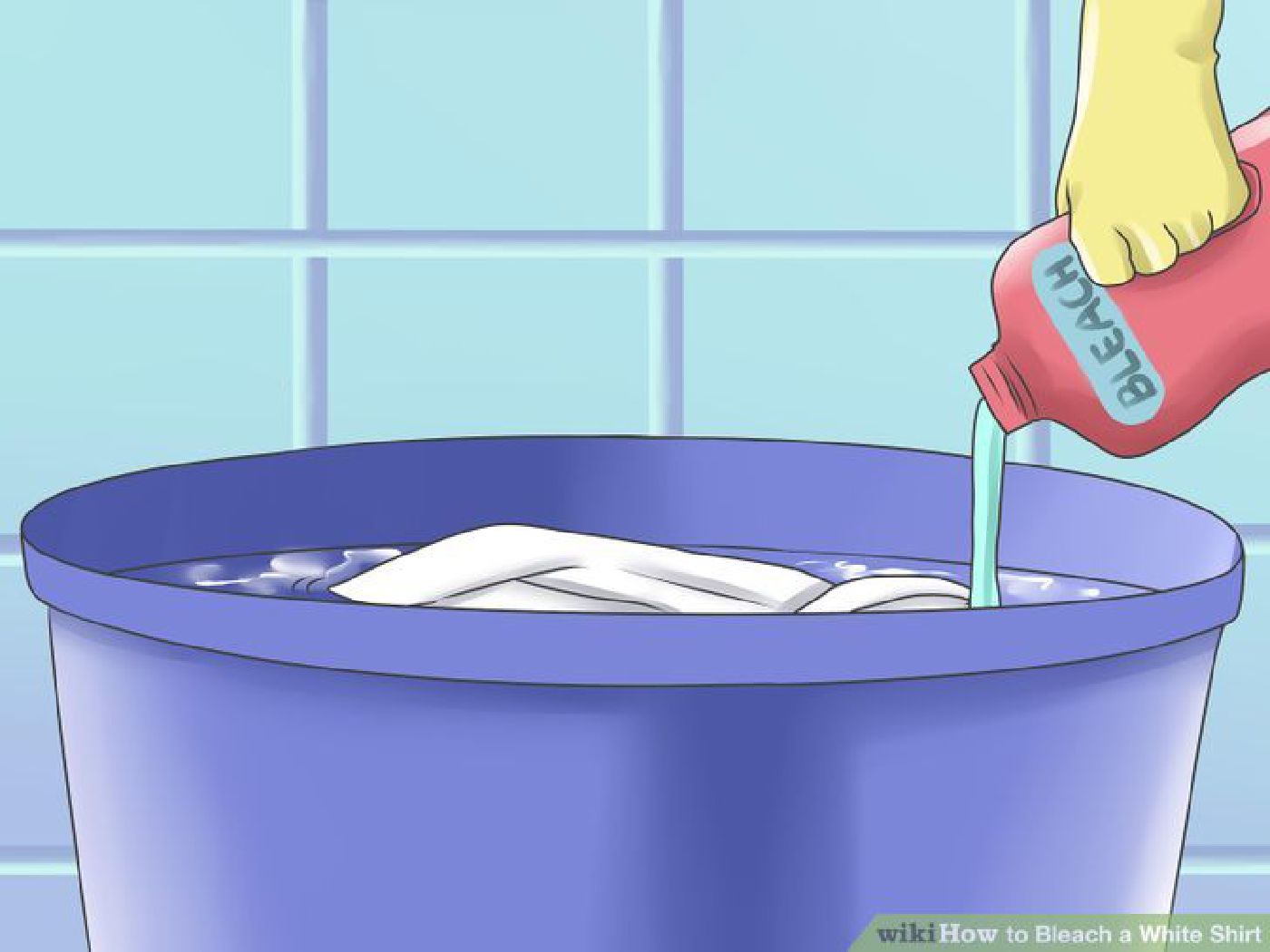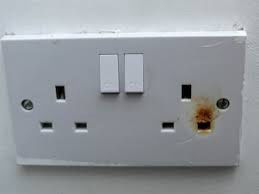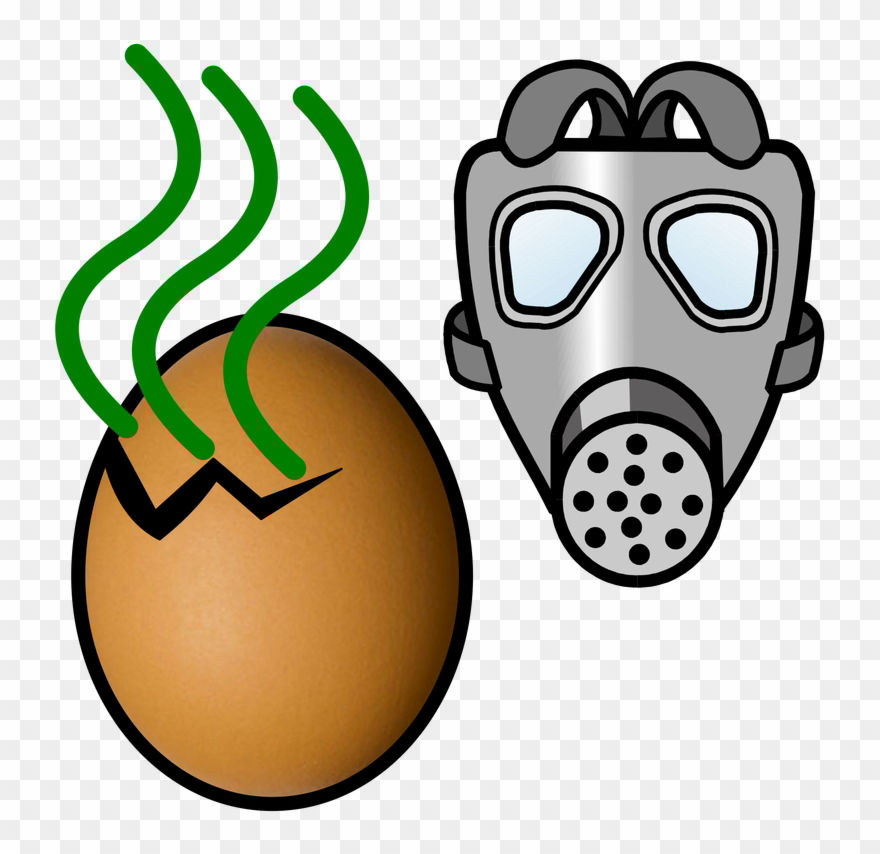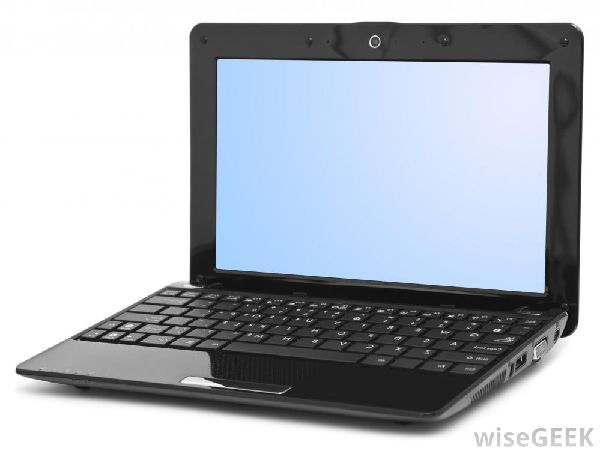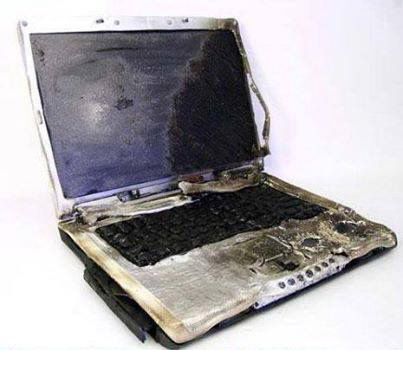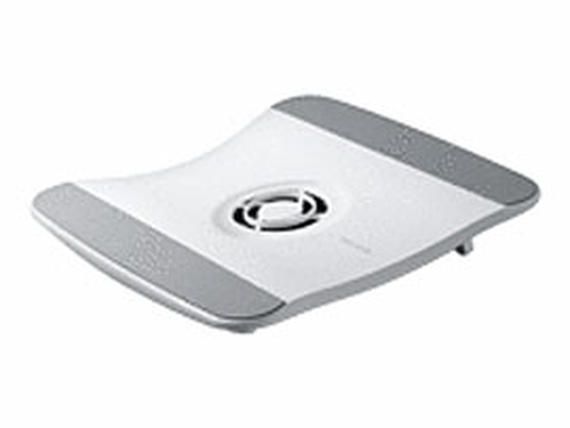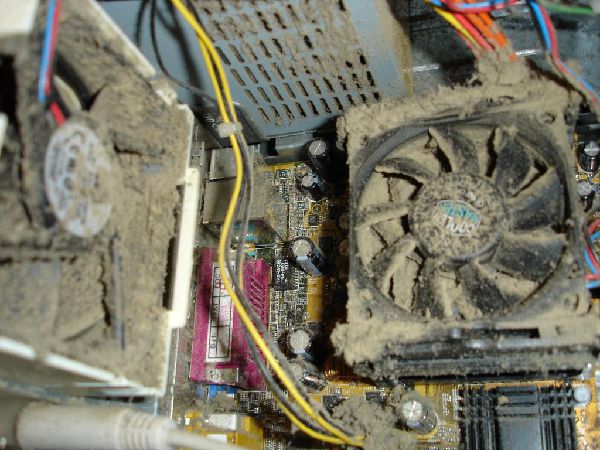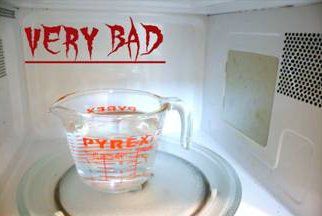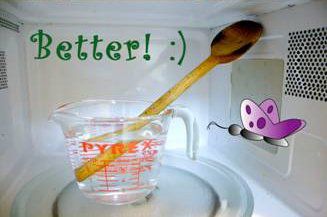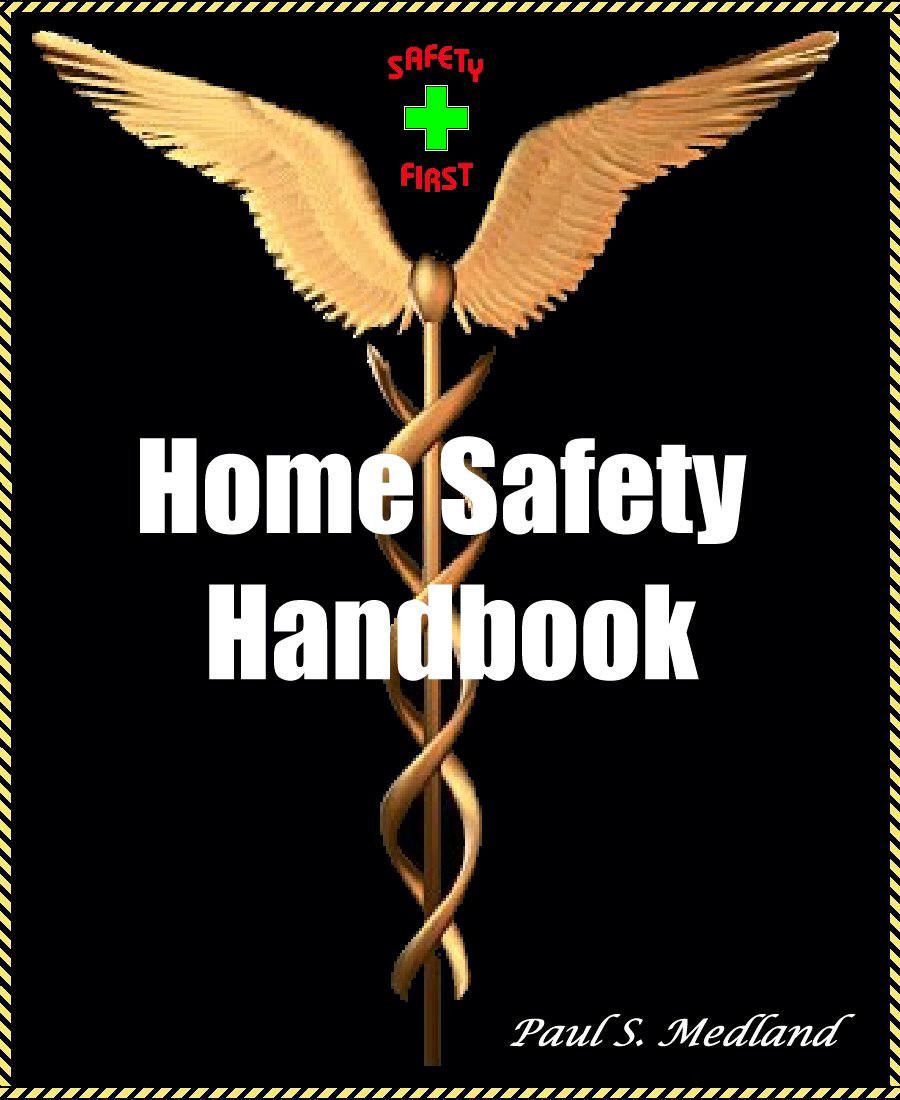We love to improve our castles, adorning it with many new gadgets; decorations; and furniture to make it comfortable.
After all what looks nicer than a brand new carpet ?
After the birth of our babies we all are so eager to create that new Nursery and make it look pristine with new carpet and cupboards.
Have you ever noticed that new carpet smell? or the smell from the newly assembled wardrobe or chest of drawers?
That smell is actually a gas, it is Fomaldehyde, yes the same chemical used in preservation of bodies as used by undertakers. It is toxic and can be highly flammable.
AND IT CAN BE DEADLY !
If you search the internet for a definition of Formaldehyde you will find this..
"In view of its widespread use, toxicity and volatility, exposure to formaldehyde is a significant consideration for human health!".
The 'Off-gassing' of Formaldehyde is common with items made from compressed woods such as MDF and Chipboard the two most common woods used in furniture manufacture. It comes from the Glue used to stick the wood particles together and also in the process of lamination. With carpets the Glue is used to anchor the weave or fabric to the base material.
These deadly fumes which can cause severe respiratory problems hang at a fairly low height from the ground, they may be unoticable by an adult who is standing above them, but at just the right height to affect babies; young children and our family pets.
DO NOT
Lay babies on a newly laid carpet to change or dress them.
Allow babies or young children to play or sleep in a room with new carpet or wood furniture until it has had chance to fully air for a few days with window open.
Allow pets to play or sleep in the room.
